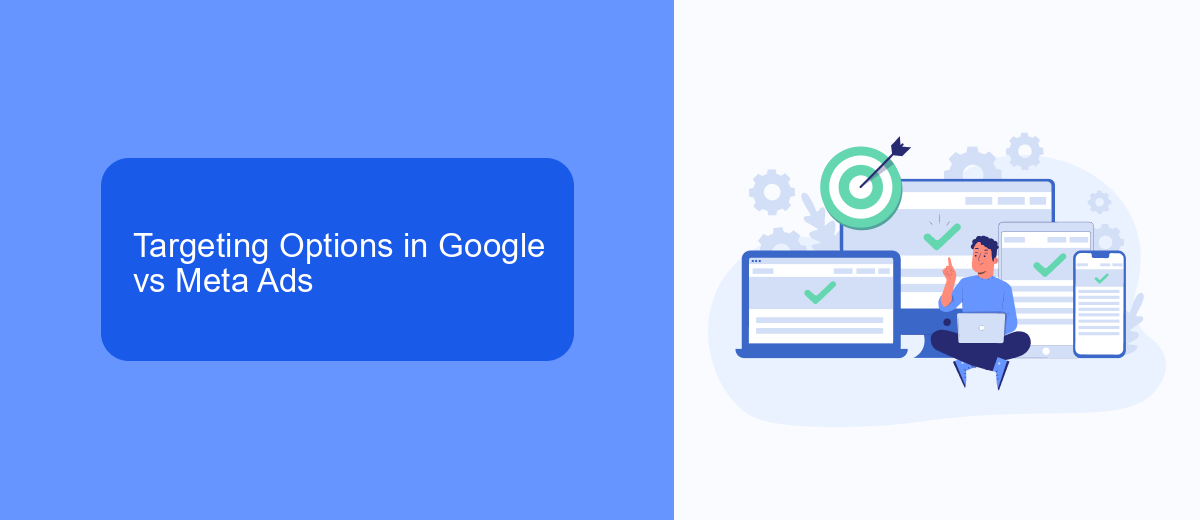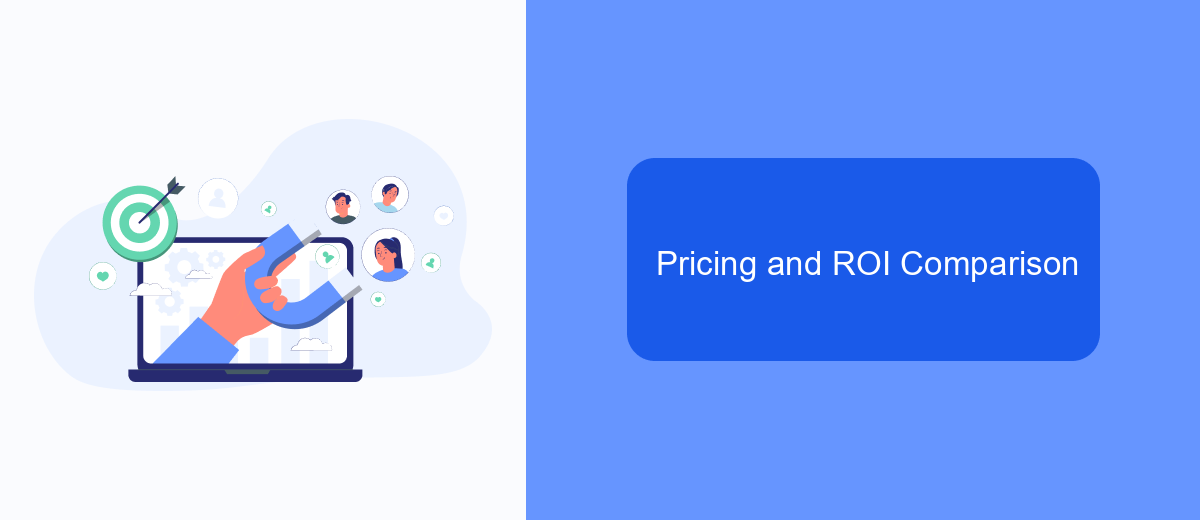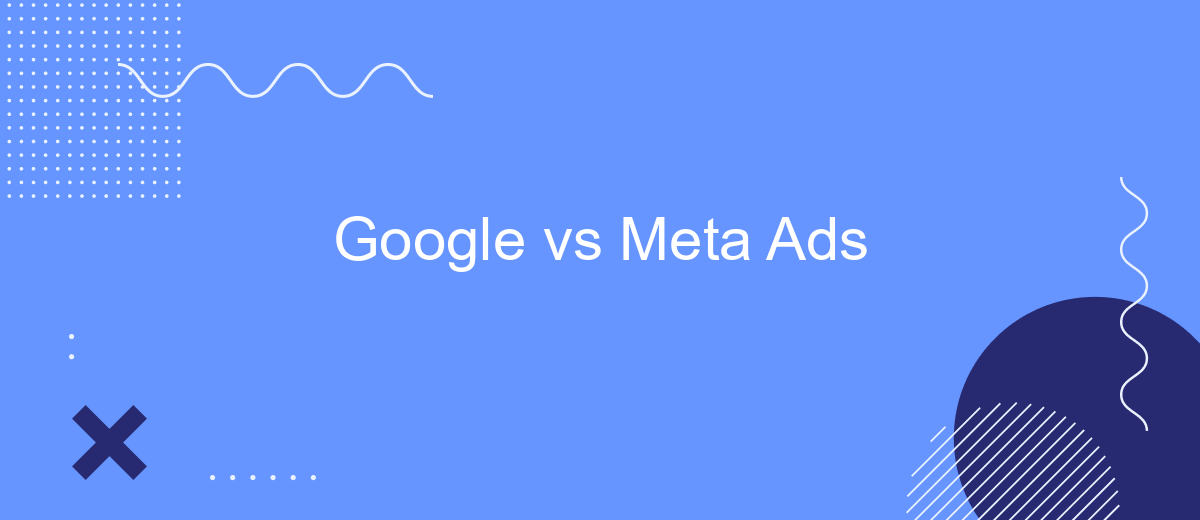In the ever-evolving digital advertising landscape, two titans stand out: Google Ads and Meta (formerly Facebook) Ads. Both platforms offer unique advantages and cater to different marketing needs. This article delves into the strengths and weaknesses of each, helping businesses decide which platform best aligns with their advertising goals and strategies.
Google vs Meta Ads: Overview
When it comes to online advertising, Google Ads and Meta Ads (formerly Facebook Ads) are two of the most prominent platforms. Both offer powerful tools for businesses to reach their target audiences, but they operate in different ways and have distinct strengths and weaknesses.
- Google Ads: Primarily focuses on search intent, showing ads based on keywords users type into Google Search.
- Meta Ads: Focuses on social engagement, displaying ads based on user demographics, interests, and behaviors on Facebook and Instagram.
- Cost: Both platforms use a pay-per-click (PPC) model, but the cost can vary significantly depending on the industry and competition.
- Targeting: Google offers keyword targeting, while Meta excels in demographic and interest-based targeting.
- Ad Formats: Google supports text, display, and video ads, whereas Meta offers a variety of interactive ad formats, including carousel and story ads.
Choosing between Google Ads and Meta Ads depends on your business goals and target audience. If your objective is to capture active searchers, Google Ads may be more effective. However, for building brand awareness and engaging with a specific demographic, Meta Ads could be the better choice.
Targeting Options in Google vs Meta Ads

Targeting options in Google Ads are robust and diverse, allowing advertisers to reach audiences based on keywords, location, demographics, interests, and even specific devices. Google’s extensive data collection through its search engine and various platforms enables precise targeting, which can be refined further with advanced options like remarketing and custom intent audiences. These features make Google Ads a powerful tool for reaching users actively searching for specific products or services.
Meta Ads, on the other hand, leverages the vast amount of personal data from its social media platforms, including Facebook and Instagram. Advertisers can target users based on detailed demographics, interests, behaviors, and even life events. Meta's targeting capabilities are enhanced by its lookalike audience feature, which allows businesses to reach new users similar to their existing customers. For seamless integration and automation of ad campaigns, services like SaveMyLeads can be utilized to streamline data transfer and optimize targeting strategies, ensuring more efficient and effective advertising efforts.
Ad Formats and Creative Options

When it comes to advertising, both Google and Meta offer a variety of ad formats and creative options to cater to different business needs and objectives. Understanding these formats can help advertisers choose the right platform and maximize their return on investment.
- Google Ads: Google offers Search Ads, Display Ads, Video Ads, Shopping Ads, and App Campaigns. Each format serves a specific purpose, from driving traffic through search queries to capturing attention with engaging video content.
- Meta Ads: Meta provides options like Image Ads, Video Ads, Carousel Ads, Slideshow Ads, and Collection Ads. These formats are designed to leverage the visual and interactive nature of social media to engage users effectively.
Both platforms provide robust tools for creating and optimizing ad creatives. Google Ads focuses on intent-based advertising, making it ideal for capturing demand. On the other hand, Meta Ads excel in audience targeting and engagement, making them perfect for brand awareness and social interaction. Choosing the right platform depends on your specific marketing goals and audience preferences.
Pricing and ROI Comparison

When comparing the pricing and ROI of Google Ads and Meta Ads, it's essential to consider the unique advantages each platform offers. Google Ads typically operates on a pay-per-click (PPC) model, where advertisers bid on keywords, and costs can vary widely depending on the competitiveness of those keywords. Meta Ads, on the other hand, often use a cost-per-impression (CPM) model, which can be more predictable but varies based on audience targeting and ad quality.
ROI for both platforms depends heavily on the industry, target audience, and campaign objectives. Google Ads can provide immediate visibility and high-intent traffic, which often translates to a higher ROI for direct sales. Meta Ads can excel in brand awareness and engagement, potentially leading to long-term customer loyalty and higher lifetime value.
- Google Ads: PPC model, keyword bidding, high-intent traffic
- Meta Ads: CPM model, audience targeting, brand engagement
Ultimately, the choice between Google Ads and Meta Ads should be guided by your specific marketing goals and budget. A balanced approach, leveraging the strengths of both platforms, can often yield the best results. Regular monitoring and optimization are crucial to maximizing ROI regardless of the chosen platform.
- Automate the work with leads from the Facebook advertising account
- Empower with integrations and instant transfer of leads
- Don't spend money on developers or integrators
- Save time by automating routine tasks
Integration with Other Tools
Both Google Ads and Meta Ads offer robust integration capabilities with various tools and platforms, enhancing their functionality and reach. Google Ads seamlessly integrates with Google Analytics, allowing businesses to track and analyze their advertising performance in real-time. This integration provides valuable insights into user behavior, helping marketers optimize their campaigns for better results. Additionally, Google Ads can be connected to CRM systems, email marketing tools, and e-commerce platforms, creating a cohesive marketing ecosystem.
Meta Ads, on the other hand, offers integration with Facebook Pixel and Conversions API, which enable precise tracking of user interactions on websites and apps. This data is crucial for retargeting and measuring the effectiveness of ad campaigns. Meta Ads also supports integration with various third-party tools like SaveMyLeads, which automates data transfer between advertising platforms and CRMs. This ensures that leads generated from ad campaigns are efficiently managed and nurtured, ultimately boosting conversion rates and ROI.
FAQ
What are the main differences between Google Ads and Meta Ads?
Which platform is better for targeting a specific audience?
How does the cost-per-click (CPC) compare between Google Ads and Meta Ads?
Can I automate and integrate my ad campaigns on both platforms?
Which platform is better for driving website traffic?
What do you do with the data you get from Facebook lead forms? Do you send them to the manager, add them to mailing services, transfer them to the CRM system, use them to implement feedback? Automate all of these processes with the SaveMyLeads online connector. Create integrations so that new Facebook leads are automatically transferred to instant messengers, mailing services, task managers and other tools. Save yourself and your company's employees from routine work.

